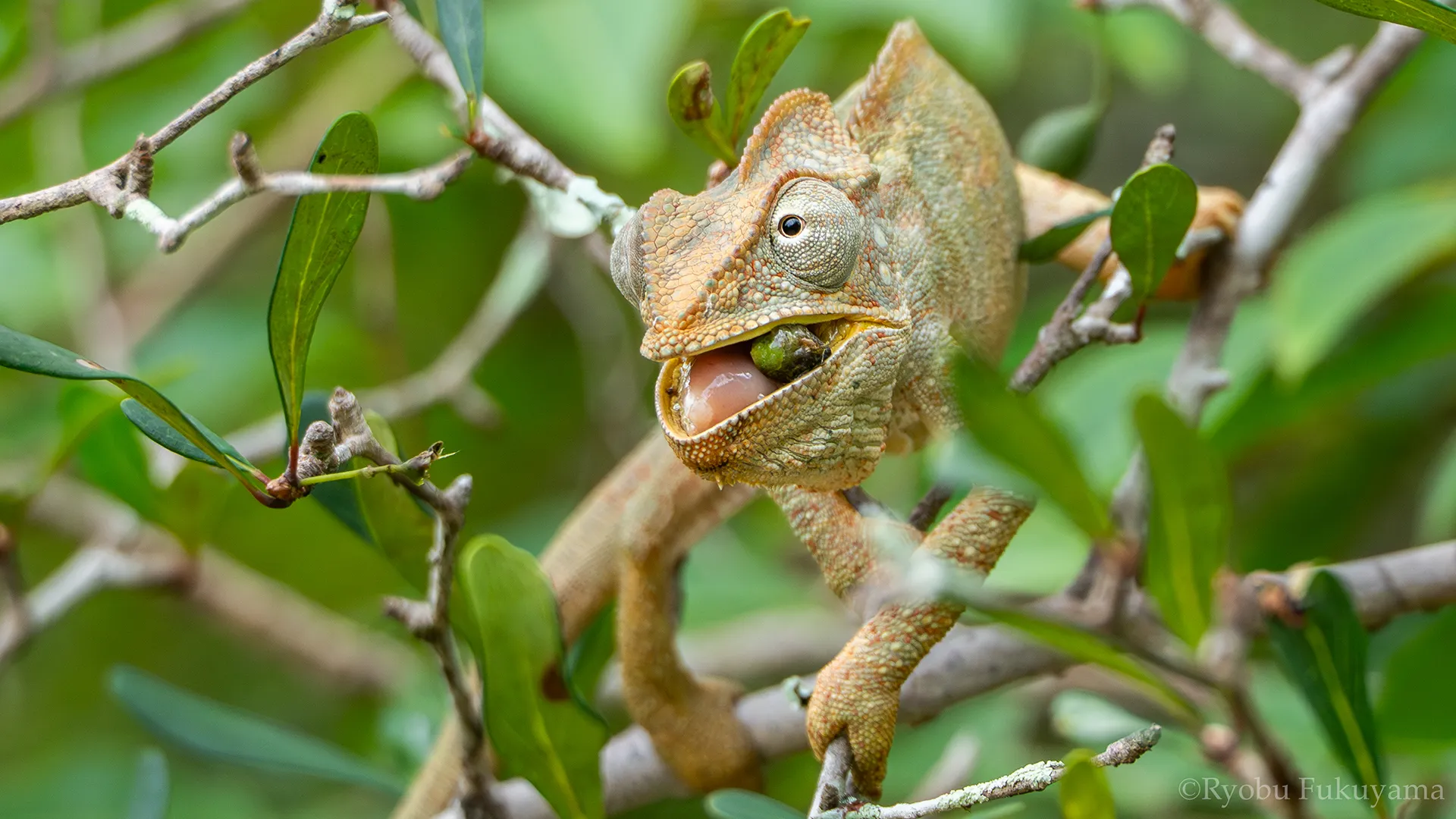How madagascar’s lizards became the island’s last hope for reforestation
The ecological role of three seed dispersing lizards on Madagascar
- Date:
- June 10, 2025
- Source:
- Kyoto University
- Summary:
- After millions of years of evolutionary isolation, Madagascar developed an unparalleled array of wildlife, and recent research has uncovered an unsung ecological hero: the lizard. Though often dismissed in studies of seed dispersal, lizards in Madagascar have proven to be vital agents of endozoochory, consuming fruits and spreading the seeds of over 20 plant species. Surprisingly, their seed choices differ from those of the dominant lemurs, suggesting an unrecognized ecological role. Even more striking, these lizards persist in degraded environments where larger frugivores can t, hinting at their crucial function in restoring Madagascar s forests.
- Share:

After the island of Madagascar drifted away from India 88 million years ago, isolating it from all other landmasses, its flora and fauna evolved in seclusion. As these transformed into plants and animals completely unique to their island, Madagascar became a biodiversity hotspot unlike anywhere else on Earth.
An important facet of this biodiversity is an ecological process called endozoochory, which is when animals eat plant seeds and then poop them out somewhere else, aiding in the spread of the plants. Most research on endozoochory has focused on the roles of birds and mammals as seed dispersers, but lizards, which are also known play a significant role, have remained largely overlooked.
This negligence inspired a team of researchers at Kyoto University to shine a spotlight on the humble lizard. Unlike many seed dispersers, lizards are not typically frugivores, animals that thrive on fruit and other fruit-like plant substances such as nuts and seeds. Fewer than 10% of lizard species have been reported to consume fruits, but those that do can play an important role, and some lizards are even known to act as primary seed dispersers for certain plant species.
"Lizards are under-appreciated as seed dispersers in many forest ecosystems, but we hypothesized that they may play a more important role across a broader range of regions than previously recognized," says corresponding author Ryobu Fukuyama.
The research team focused on three lizard species in a tropical dry forest in Madagascar, conducting behavioral observations, fecal analyses, and seed germination tests. The species, the Malagasy Giant Chameleon, Cuvier's Madagascar Swift, and the Western Girdled Lizard, are omnivores known to subsist on fruits, but they had not yet been carefully studied.
The team's results revealed that the lizards consumed fruits from over 20 plant species and expelled viable seeds. These plant species were largely different from those typically consumed by the Common Brown Lemur, a principal seed disperser in Madagascar's forests, indicating the lizards may play a more crucial role than previously thought.
Their project isn't only about acknowledging the importance of lizards, however. In recent years, environmental degradation caused by human activities has taken a toll on Malagasy forests, making some uninhabitable for large frugivores like lemurs. In contrast, the lizard species observed in this study can continue to inhabit these degraded environments. As seed dispersers, these lizards could potentially contribute to forest regeneration, but there are still many unknowns.
"Although lizards in Madagascar consume fruits from many plant species, other aspects of their role as seed dispersers, such as dispersal distances, remain poorly understood," says Fukuyama. In the future, the team intends to focus further on these additional unknowns.
Story Source:
Materials provided by Kyoto University. Note: Content may be edited for style and length.
Journal Reference:
- Ryobu Fukuyama, Wataru Noyori, Shuichiro Tagane, Shouta Iyoda, Hiroki Sato. Frugivory by Three Species of Lizards in Madagascar: Implication for Their Ecological Roles as Seed Dispersers. Biotropica, 2025; 57 (4) DOI: 10.1111/btp.70052
Cite This Page: